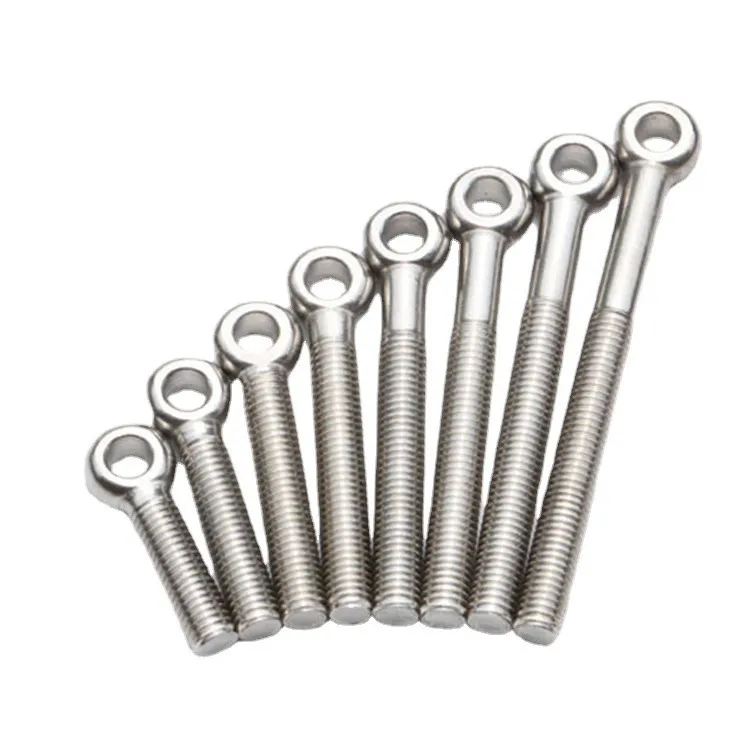

Self-Drilling Screws Designed for Corrugated Metal Applications and Installations
Dec . 05, 2024 06:46 Back to list
Self-Drilling Screws Designed for Corrugated Metal Applications and Installations
Self-Tapping Screws for Corrugated Metal An Essential Fastening Solution
When it comes to constructing or repairing structures made from corrugated metal, choosing the right fasteners is crucial for both durability and efficiency. Self-tapping screws have emerged as a favored option in this arena, offering a host of advantages over traditional fastening methods. This article delves into the specifics of self-tapping screws designed for corrugated metal, exploring their features, benefits, and applications.
What are Self-Tapping Screws?
Self-tapping screws are designed to create their own hole as they are driven into materials. Unlike conventional screws, which often require pre-drilled pilot holes, self-tapping screws can penetrate various substrates with minimal preparation. This capability makes them particularly advantageous when working with corrugated metal, a material characterized by its ridged, wave-like pattern that can complicate the fastening process.
Key Features of Self-Tapping Screws for Corrugated Metal
1. Thread Design Self-tapping screws feature sharp, progressive threads that allow them to bite into the metal without the need for additional drilling. This design is essential for ensuring a secure grip in the ridges of corrugated metal sheets.
2. Material Composition These screws are typically made from high-strength steel, often coated with zinc or other materials for corrosion resistance. This is crucial for applications in outdoor environments where exposure to moisture and weather elements can lead to rust and degradation.
3. Head Styles Self-tapping screws come in various head styles—such as hex, pan, and flat—which allow for flexibility depending on the application. Hex heads are particularly popular for industrial settings, providing a secure grip and ease of installation.
4. Point Types The tips of self-tapping screws can vary, with some featuring sharp points for immediate penetration and others designed specifically for metal applications. These point types are integral in ensuring that the screws can effectively engage with the corrugated metal.
Benefits of Using Self-Tapping Screws
self tapping screws for corrugated metal

1. Ease of Installation Perhaps the most significant advantage of self-tapping screws is their straightforward installation process. This allows for quicker project completions, as workers can skip the step of drilling pilot holes.
2. Versatility Self-tapping screws are not only suitable for corrugated metal; they can also be used on various other materials, including wood, plastic, and even concrete, making them a versatile tool in any contractor's arsenal.
3. Cost-Efficiency The ability to install these screws without pre-drilling saves time and labor costs. Particularly in large-scale projects, this can lead to substantial savings, making self-tapping screws a cost-effective fastening solution.
4. Strong and Secure The design of self-tapping screws ensures a tight fit, which is essential for maintaining the structural integrity of corrugated metal installations. This secure bond helps prevent damage caused by wind, rain, or other forces acting on the structure.
Applications of Self-Tapping Screws in Corrugated Metal
Self-tapping screws are commonly used in a variety of applications involving corrugated metal, including
- Roofing When installing metal roofs, these screws are critical for securing panels while preventing leaks. - Siding For metal siding projects, self-tapping screws provide stability and weather resistance. - Hanging and Framing They can also be used for framing metal structures and hanging fixtures, ensuring a tight fit and solid support.
Conclusion
The choice of fasteners is vital in any construction or repair project, and self-tapping screws for corrugated metal prove to be a superior option due to their ease of use, versatility, and strength. Whether you are a DIY enthusiast or a professional contractor, understanding the benefits and applications of self-tapping screws can help you achieve reliable, durable, and cost-effective results in your projects. Investing in quality self-tapping screws tailored for corrugated metal can ultimately lead to a smoother, more efficient building experience.
Latest news
-
High-Strength Hot-Dip Galvanized Bolts-Hebei Longze|Corrosion Resistance&High Strength
NewsJul.30,2025
-
Hot Dip Galvanized Bolts-Hebei Longze|Corrosion Resistance&High Strength
NewsJul.30,2025
-
Hot Dip Galvanized Bolts - Hebei Longze | Corrosion Resistance, High Strength
NewsJul.30,2025
-
High-Strength Hot Dip Galvanized Bolts-Hebei Longze|Corrosion Resistance, Grade 8.8
NewsJul.30,2025
-
Hot Dip Galvanized Bolts-Hebei Longze|Corrosion Resistance,High Strength
NewsJul.29,2025
-
High-Strength Hot Dip Galvanized Bolts - Hebei Longze Metal Products Manufacturing Co., Ltd.|corrosion resistance&high strength
NewsJul.29,2025

